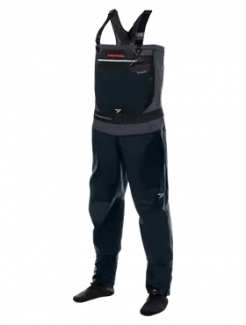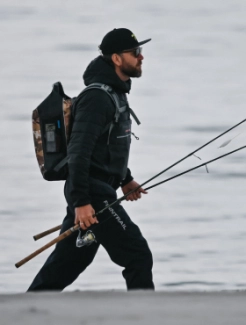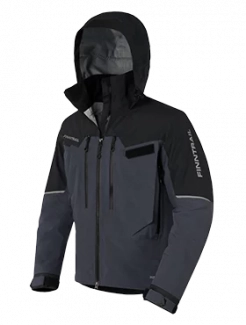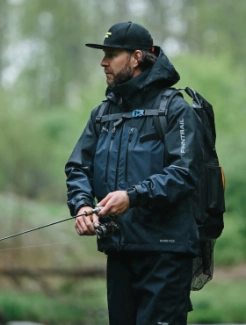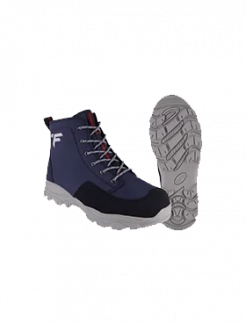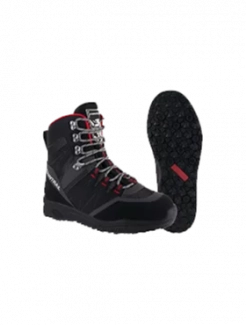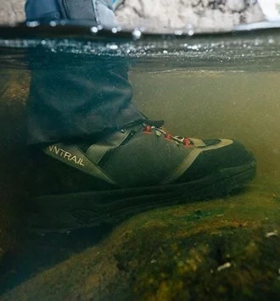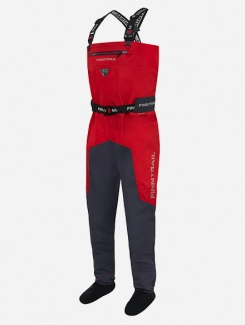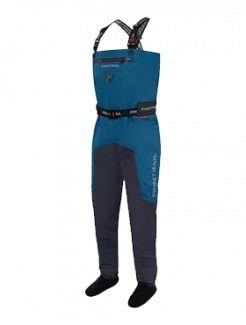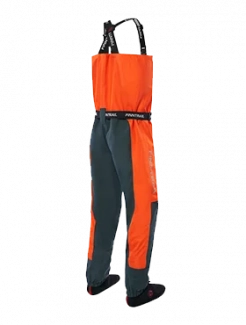How to Catch Catfish in Germany: The Ultimate Guide for Experienced Anglers
Catfishing in Germany offers a unique challenge and reward for seasoned anglers. Known for their size, strength, and elusive behavior, catfish attract anglers who enjoy both technical skill and strategic thinking. The rivers and lakes of Germany, including the Rhine, Elbe, Danube, and numerous smaller waterways, host thriving catfish populations, providing ample opportunities for those who know where and how to fish.
Whether you are after a massive Wels catfish or the more elusive flathead catfish, understanding the species’ behavior, preferred habitats, and feeding patterns is essential. This guide will equip you with everything you need: from legal considerations and optimal equipment to bait strategies and advanced techniques.

Understanding Catfish in Germany
Types of Catfish
Germany is home to several species of catfish (catfish fish), the most prominent being:
-
Wels Catfish – the largest freshwater fish in Europe, capable of reaching lengths over 2 meters and weights above 100 kg. Predominantly found in large rivers and reservoirs.
-
Flathead Catfish – introduced species, less common but present in some German rivers. They favor slow-moving water and deep pools.
-
Channel Catfish – rare but occasionally stocked in lakes for sport fishing.
Understanding the biology of these species is crucial for successful catfishing in Germany. They are mostly nocturnal predators, feeding on fish, crustaceans, amphibians, and even small mammals in some cases.
Catfish Behavior and Feeding Habits
Catfish are opportunistic feeders. Key behavioral patterns to note:
-
Nocturnal activity: catfish are most active at night, particularly between dusk and dawn.
-
Temperature dependency: water temperature greatly influences feeding. The best time to catch catfish is when water temperatures range from 15°C to 25°C. Cold water slows metabolism, while warm water increases activity.
-
Habitat preferences: wels catfish prefer deep holes, submerged structures, and slow-moving currents in rivers. Lakes require knowledge of drop-offs, submerged trees, and channels.
By observing these patterns, anglers can strategically select fishing locations and techniques.
Legal Considerations: Is Catfishing Legal in Germany?
Before you start fishing, it’s essential to understand the legal framework:
-
Fishing License: all anglers must hold a valid German fishing license (Fischereischein). Licenses are issued regionally, and foreign anglers may need temporary permits.
-
Species Regulations: Wels catfish are legal to catch, but minimum size limits may apply in certain regions.
-
Protected Areas: some lakes and river sections are conservation zones where fishing is restricted.
-
Methods: while conventional rod and reel catfishing is legal, using explosives, poisons, or certain nets is strictly prohibited.
In short: catfishing is legal in Germany if you follow local regulations, possess the appropriate licenses, and use approved methods.
Where to Catch Catfish in Germany
Rivers
Rivers provide some of the most consistent opportunities for large catfish. Target:
-
Rhine River: known for massive Wels catfish in deep pools.
-
Elbe River: excellent for both Wels and flathead catfish.
-
Danube River: the classic hotspot for trophy-sized Wels catfish.
Techniques like bottom fishing or drift fishing are most effective in rivers. Look for submerged structures, deep holes, and areas with slower currents.
Lakes
Many German lakes are stocked or naturally populated with catfish:
-
Focus on drop-offs and sunken vegetation
-
Use heavier rigs to hold bait in position against currents or wave action.
-
Night fishing often increases your success rate, especially during summer months.
Hotspots for Flathead Catfish
Where to catch flathead catfish in Germany? They prefer:
-
Slow-moving backwaters of rivers
-
Deep pools near fallen trees
-
Sandy or muddy bottoms with ample cover
Knowing these habitats increases your odds of landing these elusive fish.
Equipment for Catfishing
Rods and Reels
-
Heavy-duty rods: Wels catfish require rods rated for 80–150 lb test line.
-
Reels: large, durable baitcasting reels or multiplier reels capable of holding heavy line.
Line and Hooks
-
Line strength: 50–100 lb braided line is recommended for large catfish.
-
Hooks: strong, wide-gap hooks (size 5/0–10/0 depending on bait size).
Rigs and Weights
-
Running ledger rigs for bottom fishing in rivers.
-
Bolt rigs for lakes with moderate current.
-
Circle hooks to improve hooking efficiency and reduce harm to the fish.
Handling Equipment
-
Landing nets and grippers for safely handling large fish.
-
Gloves to prevent cuts from barbels and fins.
Baiting Strategies
Live vs. Dead Bait
The right bait can make or break your session:
-
Live bait: small fish, eels, or worms are highly effective.
-
Dead bait: smelt, mackerel, or carp are popular choices, particularly for larger catfish.
Artificial Baits
-
Soft plastics and fish-shaped lures can attract catfish, especially in lakes with lower natural bait availability.
Seasonal Considerations
-
Spring: smaller, live bait works well as catfish are emerging from colder water.
-
Summer: larger bait like whole fish increases chances of trophy catches.
-
Fall: smelly, oily bait attracts catfish preparing for winter.
The best bait to catch catfish depends on season, water type, and target species.
Techniques for Catching Catfish
Bottom Fishing
Bottom fishing is an effective technique for catching fish in rivers and lakes. It involves placing the bait near the bottom of the water using running ledger rigs. The weight should be adjusted according to the strength of the current to ensure the bait stays in the desired position.
Drift Fishing
Drift fishing is particularly effective in rivers, allowing anglers to cover more ground by letting the bait drift naturally with the current. Heavier lines are used to maintain better control of the bait as it moves along with the flow of the water.
Still Fishing
Still fishing is ideal for lakes, where the bait is placed near underwater structures or deep holes to attract fish. This method can be especially productive at night, when many fish species are more active and feeding.
Seasonal and Environmental Factors
Water Temperature
Catfish are most active when the water temperature ranges between 15°C and 25°C. When temperatures drop below 10°C, their feeding activity slows down significantly.
Weather and Barometric Pressure:
Low-pressure systems often trigger increased feeding activity, making them ideal times to fish. Overcast nights can also lead to better bites, especially during night fishing sessions.
Spawning Periods:
Catfish typically spawn from late spring to early summer. During this time, it’s important to avoid disturbing nesting areas and to follow all local fishing regulations to protect breeding fish.
Safety and Conservation:
Handle large catfish with care to prevent injury from their sharp fins and teeth. Practice catch-and-release methods to help sustain healthy populations, and always dispose of bait packaging and fishing lines properly to keep waterways clean and protect the surrounding ecosystem.
Conclusion
Catching catfish in Germany requires a combination of knowledge, skill, and patience. Understanding species behavior, legal requirements, and optimal baiting techniques increases your chances of landing trophy Wels or flathead catfish. By applying these strategies, using the right equipment, and respecting conservation guidelines, experienced anglers can enjoy a rewarding catfishing experience in Germany’s rivers and lakes.

